This content has been archived. It may no longer be relevant
Monofin courses for freediving are the perfect way to enable you to freedive longer and deeper. With the correct technique the monofin is an incredible tool that maximises output whilst minimising input. When you freedive, you only have one breath, so you have to make it count and monofin courses with Go Freediving are the perfect place to learn.
Construction and design
The basic monofin design is a pair of foot pockets attached to a single blade, however these individual components vary considerably in terms of design and construction.
Foot pockets
There are many monofins on the market that take these foot pockets (normally attached to bi-fins) and attach them to the blade of the monofin. This has an advantage in that it is more comfortable to wear however there are some disadvantages.
- Firstly there will be more movement inside the foot pocket so a reduction in transferable power.
- Secondly, separate foot pockets can contribute to cracking or splitting of the blade between the foot pockets, as they are able to move slightly independently, producing stress to the blade.
- Thirdly, with the use of bi-fin foot pockets, it is not possible to adjust the angle of the blade relative to the body, which increases resistance in the water.
- Fourthly, it is not easy (and to my knowledge no-one has even done this) to cover the foot pockets and make them more streamlined as they meet the blade.
Monofins were originally developed solely for use in the sport of finswimming. As a result the foot pockets were very tight and could only be worn for a matter of minutes before becoming extremely painful to wear. There has been some movement in the monofin market to remedy this, with some companies inserting a layer of neoprene inside the foot pocket, however most monofin manufacturers do not offer this service, instead offering a larger foot pocket if you want more comfort or to wear them with neoprene socks.
These foot pockets are usually made from a single mould that glues to the fin, thus reducing the risk of cracking. It also enables the foot pockets to be built up, minimizing water resistance as it moves over the blade and along the feet and then the body.
The blade
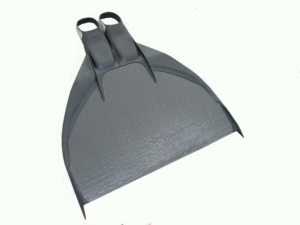
Freediving Monofin Carbon Advanced large
There is no size of thickness limit to the monofin blade although as the fin increases in size, the amount of water displaced by the fin increases and this makes the fin harder to move.
Monofins are made from plastic, fibreglass, carbon fibre and carbon composite (carbon and glass fibre). The softer the blade, the easier it is to move through the water and so softer fins are often used for dynamic apnea or long surface swims during fin swimming. Stronger fins are more powerful and faster and are worn mainly by men with good physiques.
Blade angle is also something to consider in relation to hydrodynamics both in dynamic and depth disciplines. When the legs are extended, it is almost impossible to point the toes enough to create a straight line when a standard fin is worn. As a result, some monofins have an angled blade so that when the leg is extended, the fin blade is in line with the body.
Wings
Wings are often added to the monofin along the sides of the blade. These serve several purposes.
- They help keep water on the blade and this makes the fin easier to use.
- They help with hydrodynamics
- They are buoyant and this helps the blade move through the water.
Monofin Technique
Classic monofin technique is derived from finswimming and is intended to keep the body as streamlined as possible. This position can often be impossible to achieve for some people and very uncomfortable. It can take a while to obtain the correct position and then maintain it for the duration of the dive or swim.
The hardest part for most people when practicing the monofin is keeping the legs straight, as it is easier to bend at the knees and get propulsion that way. This is not as efficient however as using the whole body, particularly the core muscles, and is why training for using a monofin can take time for some people.
What do Monofin Courses Teach You?
Instructor Emma Farrell learnt how to use the monofin from Siberian Finswimming experts in 2001. She now shares this expertise with all students on Go Freediving’s monofin courses. In fact one of her former students – Carl Atkinson – now competes at world level using the monofin.
Our monofin courses are designed to introduce you to monofin freediving and give you the tools and information to grow your own proficiency and ability.
You’ll learn the different techniques required for monofin freediving, analyse different styles and learn about protecting and transporting a monofin. We’ll then move onto strength and flexibility exercises that will prepare your body for monofin freediving.
Then we’ll move to the pool and put everything into practice, first with bi-fins and then with a monofin. At the end of the course you’ll perform a max dynamic and, if you’re interested, design a personalised training program to improve your monofin performance.
Watch individual films from our latest monofin course, as well as a compilation film from our previous course and learn how to channel your inner dolphin!
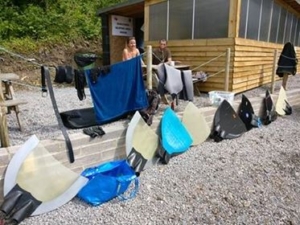 Sign me up!
Sign me up!
If you would like to try freediving with a monofin, we have a fantastic selection just waiting for you. Check out our monofin page for our next available course.
If you don’t see a date that suits you, get in touch and let us know when you would like a course as we may be able to arrange additional courses throughout the freediving season (numbers permitting, of course).
Learn to freedive with Go Freediving
Go Freediving is the longest established, most experienced and friendliest freediving course provider in the UK, led by world class freediving instructor trainer Emma Farrell, and her team of personally trained instructors. No other course provider has such a good instructor to student ratio, safety record and personal touch.
Whether you’re a beginner dipping your toes into the world of freediving, a seasoned pro looking to turn professional, or simply a freediver of any level who wants the best freediving holiday in the world, we’re here for you!
Also check out our online guide, The Beginners Guide to Freediving by clicking here!
Keep in touch with everything Freediving
Subscribe to our mailing list for weekly newsletters with exclusive articles, news, films, offers and more!


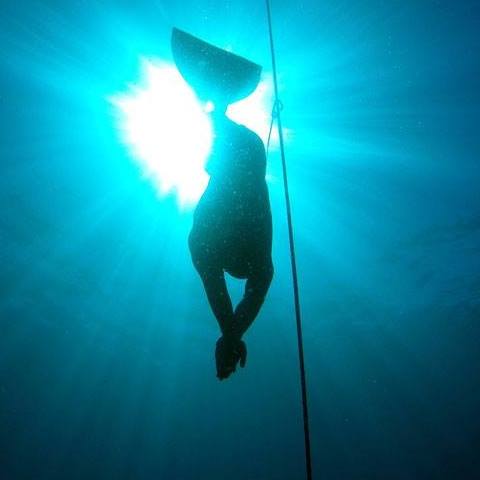


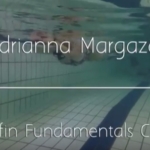

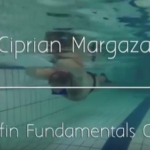
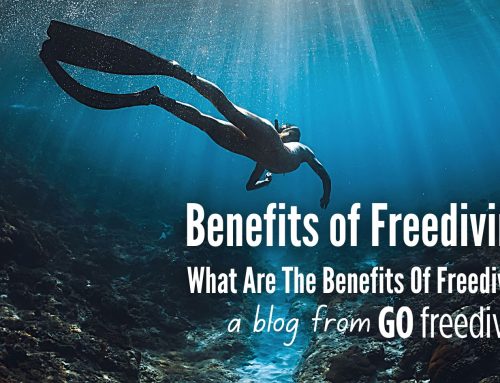
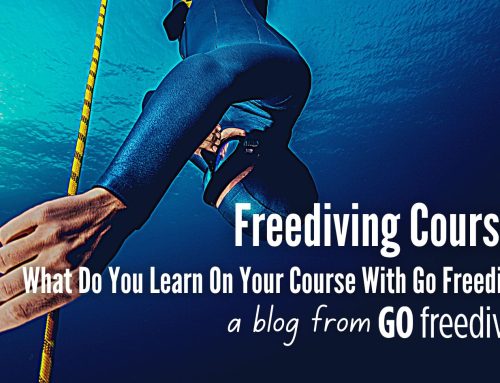
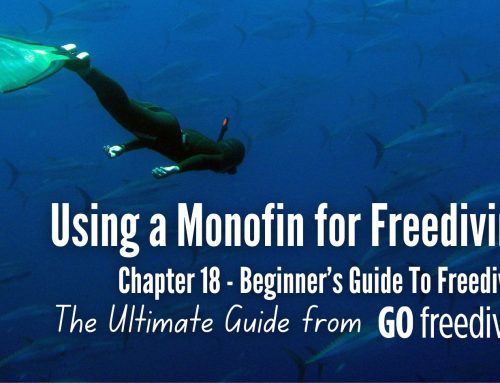
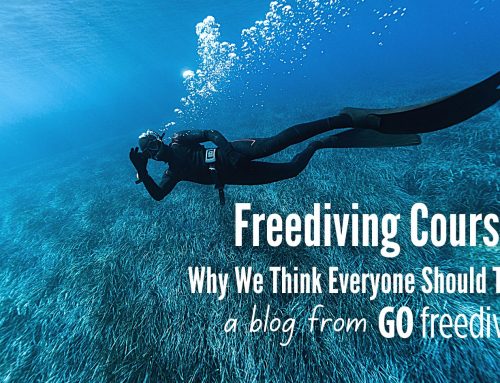

Leave A Comment